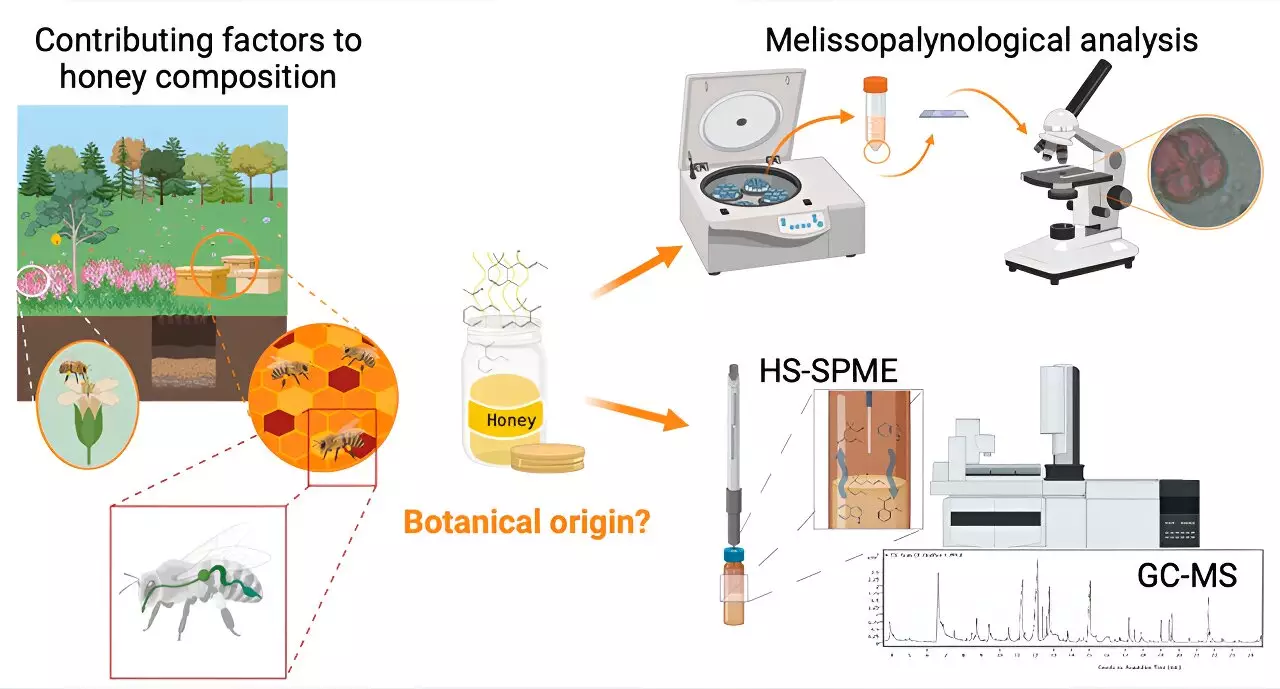Perfume making, often viewed as a luxurious endeavor, possesses a profound history that stretches back over three millennia. The roots of this fragrant practice can be traced to Tapputi-belat-ekalle, a remarkable figure hailing from the ancient civilization of Mesopotamia. As the first recognized chemist, Tapputi’s contributions to perfumery take center stage, revealing a narrative not just about scent, but about the intricate interplay of art and science that has persisted through the ages.
Archaeological findings, including inscribed clay tablets dating from the Middle Assyrian period, shed light on Tapputi’s role as the chief perfumer of a group of skilled women. Tasked with crafting perfumes for royalty, Tapputi’s legacy showcases her as a pioneer in the meticulous processes that defined early perfumery. The nuances of her methods, amidst a backdrop of aromatic landscapes filled with herbs and flowers, illustrate a sophisticated understanding of natural resources that continues to inspire modern perfumers today.
Art Meets Science: The Chemistry Behind Fragrance
The creation of perfume is not merely a sensory experience; it involves a deep-seated scientific foundation. Fragrance notes, any combination of floral, fruity, spicy, and woody elements, hinge on the complex chemistry of volatile compounds. These molecules hold the key to capturing and conveying scent. The skillful execution of extraction techniques, as pioneered by Tapputi, remains essential in modern perfumery, albeit with advancements that have refined these age-old methods.
Heat, solvents, and time play critical roles in extracting the essence of raw materials. Techniques such as decoction, infusion, and maceration lay the groundwork for understanding how volatile compounds are released, providing a bridge between ancient practices and contemporary applications. Interestingly, while technology has introduced precision in distillation and extraction, the fundamental principles that Tapputi employed echo throughout history.
The Olfactory Symphony: The Role of the ‘Nose’
In today’s perfumery landscape, mastery of aromatic art belongs to individuals known as “noses.” These experts possess an unparalleled ability to discern subtle distinctions in fragrance notes, merging their artistic intuition with profound scientific knowledge. This dual expertise transforms the process of creating perfume into an olfactory symphony, where each note complements its counterparts to create a harmonious composition.
The science behind scent does not solely reside in the lab; rather, it is a holistic blend of sensory analysis and artistic creativity. “Noses” also find their skills applicable in various industries, from food to cosmetics, where fragrance quality can significantly enhance a product’s appeal. The tactile and emotional reactions that scents evoke are subjects of ongoing exploration, with researchers analyzing how these responses are intricately linked to our memories and feelings.
Technology and the Future of Fragrance
As technology continues to evolve, so too does the realm of perfumery. Recent developments such as electronic noses (e-noses) promise to revolutionize our understanding of scent perception. These devices replicate the human olfactory system’s ability to detect and identify fragrance compounds, offering potential implications far beyond perfume. For instance, e-noses may aid in medical diagnostics or quality control within the food industry, showcasing the diverse applicability of scent analysis in modern society.
Research has also ventured into the psychology of fragrance, revealing deeper connections that certain scents establish between individuals and their experiences. Understanding why particular aromas resonate with us can serve numerous applications, not only in personal enjoyment but also in therapeutic contexts. This intricate web of scent and memory reflects an impressive lineage that dates back to Tapputi’s era, when fragrances played essential roles in rituals and ceremonial purposes, thereby establishing an early connection between scent and spirituality.
The Fragrant Legacy of Tapputi
What we glean from the historical contributions of Tapputi is not merely the inception of perfumery; it’s a testament to human creativity and scientific inquiry. As we stand on the shoulders of ancient giants, modern perfumers draw inspiration from the paths forged by visionaries like Tapputi. The art of crafting unique perfumes has transcended time, evolving into a complex synthesis of art and science, while still retaining the essence of its ancient origins.
Whether a novice enthusiast or a professional perfumer, the journey into the world of fragrance offers endless possibilities for exploration. By understanding the legacy of pioneers like Tapputi, we can better appreciate the intricate tapestry of scents that color our lives, rich with history, innovation, and the promise of what lies ahead.


Leave a Reply